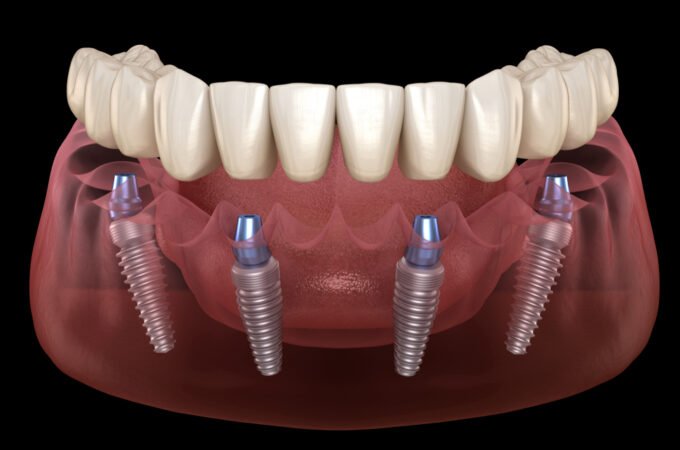
What Is Carb Cycling and How It Does It Help With Weight Loss?
Carb Cycling is a food regimen where you combine higher days of carbohydrate with lower days of carbohydrate and even no days of carbohydrate to burn fat and weight loss. This way, the diet would not endure any of the detrimental effects of a pure low carbohydrate diet programme, such as depriving the body with macro nutrients (which are carbohydrates, fats and proteins).
Many nutrition plans out there typically restrict the food preferences, although carb-cycling does promote a variety of general safe eating standards as well as moderating carbohydrate consumption. The carb-cycling diet forces the body to metabolize fat and protein and create a drug named ketone. Ketones are the product of body fat burning for energy. If you are looking to lose weight click here to check out the best weight loss pills.
Carb cycle focuses more on carbohydrates (not proteins or fats) and carbs appear to have the most important impact on body structure and how you look. The best approach to get started with carb racing is to obey the schedule and then change it. Once you have perfected the basic carb-cycling technique of your choosing and are able to do some more fine-tuning of your diet, the next move will be to change your carb consumption for each particular meal to fit your body and your objectives. It could be prudent at this stage to bring a mentor to help you make these changes.
Eat and Lose Weight Using Carb Cycling

A lot of people believe that gaining weight implies living without a lot of calories, because the food you are not allowed to consume, to those people’s eyes, is what brings you a lot of carbs. This appears to be a backlash to the “carbo loading” and craze of around 15 years ago.
We need to get calorie intake from proteins, fats, and carbohydrates; if we get out of control with proteins, we might place our wellbeing at danger. Yet, there is always an issue with gaining weight—and, indeed, more people ought to lose weight. One perfect approach to this issue is the usage of carb-cycling.
Carb-cycling has been successfully used by athletes and personal coaches. It is about dietary restraint, however you do not suffer, you consume tasty food, you get lots of calories, you have a lot of stamina, and—you drop excess weight and hold it off, and you lose it quicker than you do with the normal “diets”
And because you are going to have a lot of carbohydrates through carb-cycling, you are going to get a lot of mental energy: see, the brain is powered with glucose, which comes from carbs, and the brain takes that energy away from some single aspect of the body.
The standard carb-cycling routine is spread over a six-day span. It is done over and over every week before you reach the goal weight. It means first eating carbs that are very fibrous—foods like asparagus, squash, zucchini, peppers, and cucumbers—and then, after three days, going off and piling on carbs that are high in starch for the next three days—foods like red beans, rice, spaghetti, potatoes, tomatoes, and yams.
Apart from differing starch intakes, most carbohydrate or rotational diet plans often encourage the consumption of balanced foods such as berries, vegetables, high fiber carbohydrates, low saturated fats and moderate consumption of good unsaturated fats. Many often suggest avoiding some type of refined sugar and refined carbohydrate except natural fruit sugar.
Things to consider when Carb cycling

You should not eat anything except carbohydrates while you are carb cycling. Your regular meals—because there are five to six medium sized meals, not just three big ones—often nearly always contain protein, and you also get plenty of fluids. What cares about carb-cycling is the Type of carbohydrates that you consume at those occasions.
You know, for the first three days, you are purposely depleting your body of almost all of its carbs (you are feeding on them, indeed, but the fiber and the water wash out your body rather than retaining it, so by the end of the three-day period you have burned more carbs than you have taken in); then, right as you are on the verge of catabolism (your body’s beginning to burn out muscle tissue for fuel),
When consuming five to six times a day, you maintain the body’s metabolism working, because it picks up; this is the beginning of how you lose weight from carbohydrate cycling.
In general you may opt to go for 3 days of low carbohydrate accompanied by 1 day of high carbohydrate consumption, then back to low carbohydrate days. Alternatively, you should take 2 days of low carbohydrate accompanied by 1 day of high carbohydrate and finally 1 day of no carbohydrate. The average calorie consumption on low carbohydrate days may therefore be smaller. When you start your diet, you need to measure your regular calorie consumption and figure out the amount of carbohydrate you need to consume. If you are looking for a modest weight reduction of between one and three pounds per week, strive to guarantee that your calorie consumption on low carb days is low enough to help you reach this target. It is a smart idea to indulge in challenging exercises on a high-carb day.
Most people believe the carb cycle procedure to be even more convenient owing to the fact that high carb days are easily accommodated. The typical undesired side effects such as decreased fat burning ability, high food cravings and lack of sufficient exercise due to fatigue are therefore omitted. This is because high carb days refuel the muscle glycogen levels, making you feel healthy and energized.
Conclusion
If your aim really is to add as much muscle as possible while holding fat gain to a minimal, then carb riding is the perfect approach. In the end, this strategy may be used to obtain lean muscle in the long term. So, carb-cycling for weight loss: is it working? The decision is yours, and a tribunal would definitely confirm the suitability of this dietary process.




